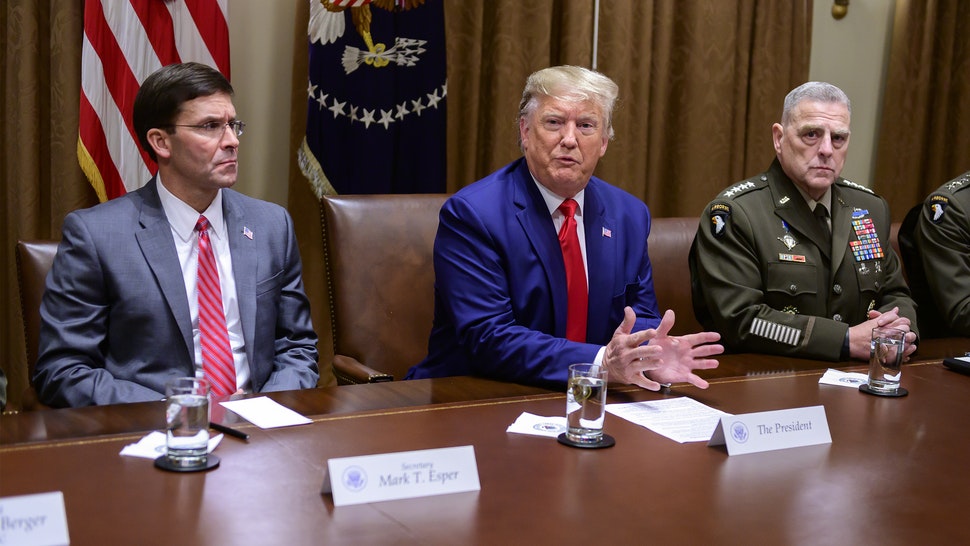While many discuss the coronavirus pandemic as a force that has dramatically reshaped workplaces in 2020, few note the extent to which it has revolutionized how lawyers interact with their colleagues and clients — and the new expectations clients now have when interacting with law firms.
Professionals of all stripes have become focused on efficient remote communications with clients and staff over the past six months, and many clients now expect to talk to their counsel — and even execute legal documents — in a far more streamlined and immediate manner.
To help lawyers navigate this shifting landscape, the comprehensive case management platform MyCase has recently added 3 new features. The features draw on MyCase’s cloud-based functionality to enable lawyers to have streamlined and organized collaboration in a virtual office environment.
Notably, the new features come at no additional cost to MyCase users. Here, we provide an overview of the new additions.
Manage Your Contracts With ESignature Templates and CounterSignature
MyCase eSignature templates and CounterSignature have streamlined the document-signing process. These features interact seamlessly with the broader case management system and eliminate the need to use disparate platforms.
The tools allow you to set up templates that can be sent out on a regular basis without having to re-create the document from scratch. They also allow for multiple signers and countersigners to complete these forms simultaneously — all managed through a simple, user-friendly interface.

ESignature templates and CounterSignature ease the document execution process for those who can’t have in-person meetings, or those who want a faster, more convenient document signing process. Additionally, when a document needs multiple signatures, it eliminates the need for an extensive procedure that could involve multiple mailings or other logistical difficulties.
It’s also completely integrated into the rest of the MyCase platform, which users are already utilizing for areas as varied as internal communication, client communication and billing. If users need to review a contract, it’s right next to where they’d be reviewing notes and other documents, easing the management of the overall matter.
Keep Your Clients Close With 2-Way Text
MyCase also offers 2-Way Text, so firm members can text their clients from their desktop or smartphone. With this feature, there’s no commingling of personal and client communications, or even sharing of personal contact information.
Firm members just navigate to a specific case and text the client directly, with the message appearing on the client’s personal device as a regular text message.
All messages are organized by the case they are assigned to, and are also available in a general text message inbox. For added convenience, there is one-click access to track time spent texting for billing purposes, so you never miss billable time.

Additionally, when you’re not in the office or at your desktop, this functionality is connected to MyCase’s mobile application as well.
Communicate With Your Team Using Internal Chat
Finally, as chat platforms continue to make inroads in internal communications in a number of industries, MyCase now offers internal chat functionality to law firms.
The platform’s new Internal Chat enables firm members assigned to a case to instantaneously communicate with their colleagues in a manner that’s fully integrated with the rest of the case — eliminating the additional costs and inconveniences of switching between multiple systems.

MyCase users can find Internal Chat at the bottom right of their screen, no matter where they are in the software, so they never miss a message.
Navigating the Pandemic
These new features, coming at no extra cost, directly address the challenges of today’s remote legal workplace.
Virtual contract execution is a growing need as requirements for wet ink signatures ease. Texting is taking over as a primary means of instant communication, as response times for email become less certain. And the modern-day “shout down the hallway” often takes place within online chat software.
If you want to experience MyCase’s virtual office environment, click here to sign up for a free trial (no credit card required). And if you’re already a MyCase customer, consider this a friendly reminder to explore how these new offerings can enhance your practice.
 Staci Zaretsky is a senior editor at Above the Law, where she’s worked since 2011. She’d love to hear from you, so please feel free to email her with any tips, questions, comments, or critiques. You can follow her on Twitter or connect with her on LinkedIn.
Staci Zaretsky is a senior editor at Above the Law, where she’s worked since 2011. She’d love to hear from you, so please feel free to email her with any tips, questions, comments, or critiques. You can follow her on Twitter or connect with her on LinkedIn.








 Kathryn Rubino is a Senior Editor at Above the Law, and host of
Kathryn Rubino is a Senior Editor at Above the Law, and host of 








